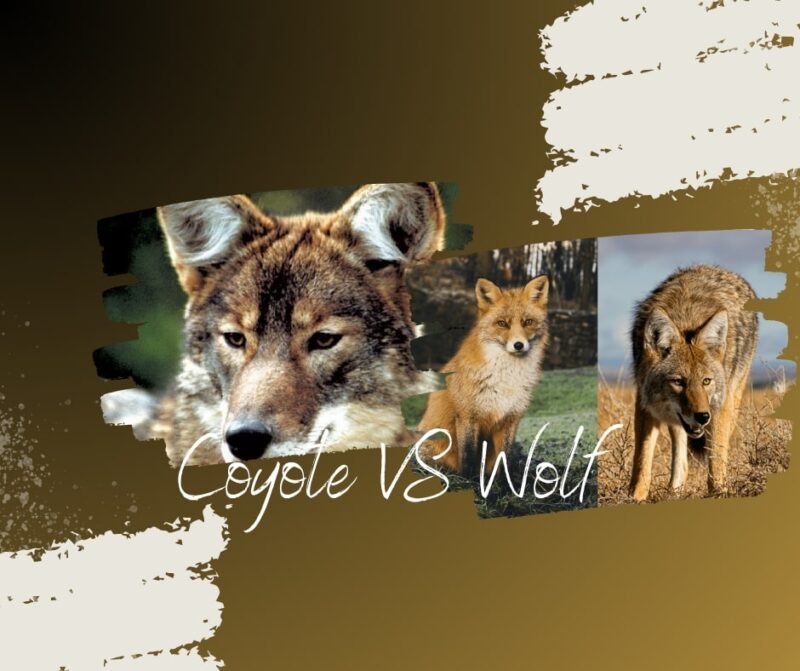We all have heard stories of the iconic North American predators – the coyote and the wolf. They have been depicted in numerous folklores, films, and documentaries. While they may appear somewhat similar to the untrained eye, they are two very distinct species with fascinating characteristics and behavior. This blog post will help you distinguish between these two majestic creatures and appreciate the unique roles they play in our ecosystems.
Comparison
Coyotes and wolves are both members of the Canidae family, which also includes other animals like foxes and domestic dogs. Despite their similar appearances, coyotes and wolves have unique characteristics and behaviors that set them apart. Here, we will dissect these differences across various categories, such as physical characteristics, habitats, social behaviors, and diet.
Physical Characteristics
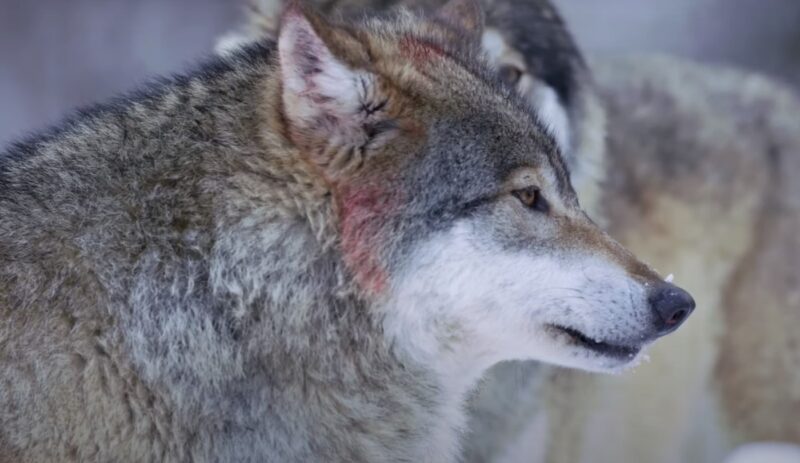
A wolf is the largest member of the Canidae family. They are known for their powerful build, large paws, and striking eyes. A wolf’s coat color can range from white to black, with various shades of gray, brown, and cream in between. On the other hand, a coyote is smaller and has a more slender build, with a narrower snout and smaller feet.
- Size: Adult wolves typically weigh between 75 and 120 pounds, whereas coyotes usually weigh between 20 and 50 pounds. Wolves can be 4.5 to 6.5 feet long (including the tail), standing 26 to 32 inches tall at the shoulder. Coyotes, however, are usually only 3.5 to 4.5 feet long and stand about 21 to 24 inches tall.
- Coat: While both animals possess a thick double coat to protect them from harsh weather, their coloration differs. Wolves’ coats are often a mix of gray, brown, black, and white, while coyotes have a more reddish, gray, or whitish-gray coat.
Habitat and Distribution
Both animals have different habitats and geographical distributions. While they do overlap in some areas, their preferences vary.
- Wolves primarily inhabit wilderness and remote areas in North America, Eurasia, and North Africa. Their ideal habitats include forests, tundras, grasslands, and deserts.
- Coyotes are more adaptable and can thrive in a variety of environments. They live in forests, grasslands, deserts, and even suburban and urban areas.
Behavior and Social Structure
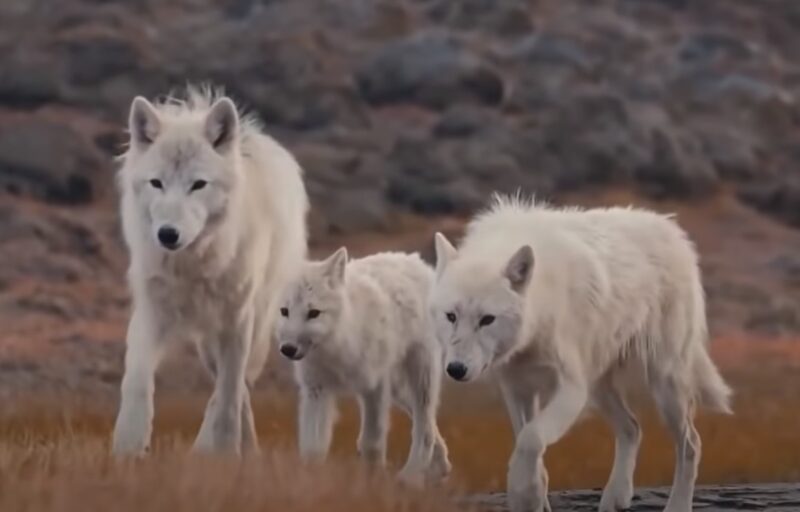
The social structure and behaviors of these animals are fascinating and complex. Both species are known for their pack behavior, but the size and dynamics of their social groups are distinctively different.
Wolves
Wolves are known for their advanced social structures. They typically live in packs that consist of a pair of adults (the alpha male and female) and their offspring of various ages. Packs can range from as small as two or three members to as large as 20 or more.
- Communication: They are famous for their eerie and beautiful howling, which they use for a variety of reasons: communicating with the pack, signaling their presence to other packs, or calling pack members together after a separation.
- Hunting: They are highly cooperative hunters and can take down large prey, such as elk, bison, or moose, which single individuals would struggle with.
Coyotes
Unlike wolves, they tend to live in smaller family groups or pairs, though they may form larger groups in areas with abundant food sources. They are more solitary and less social compared to wolves.
- Communication: While they also use vocalizations like howls, yips, and barks to communicate, their calls are higher-pitched and more varied than wolves.
- Hunting: They primarily hunt small mammals, such as rabbits and rodents, although they are opportunistic and will eat a wide range of food when available.
Diet Differences
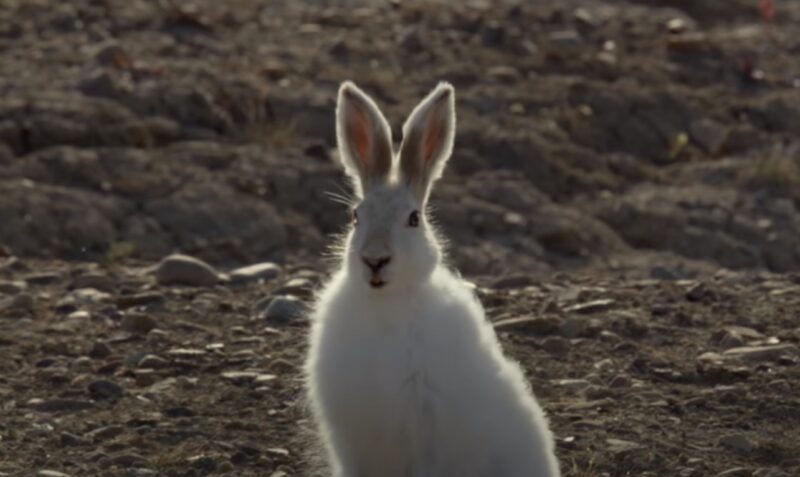
Another significant difference between these animals lies in their diet and hunting strategies. This distinction stems from their size difference and social behaviors.
Wolves
Wolves, due to their larger size and pack behavior, are capable of hunting large ungulates like elk, bison, and deer. However, they also eat smaller prey such as rabbits, rodents, and even fish.
- They often hunt in packs, coordinating and cooperating to take down large prey.
- They are also known to scavenge from carcasses when hunting opportunities are limited.
Coyotes
In contrast, coyotes have a more diverse diet, reflecting their adaptable nature. As opportunistic feeders, they eat a wide range of food, including small mammals, fruits, vegetables, and carrion.
- They typically hunt alone or in pairs, focusing on smaller prey like rabbits, squirrels, and mice.
- In urban environments, they have been known to eat human garbage, garden crops, and even small pets.
Reproduction and Lifespan
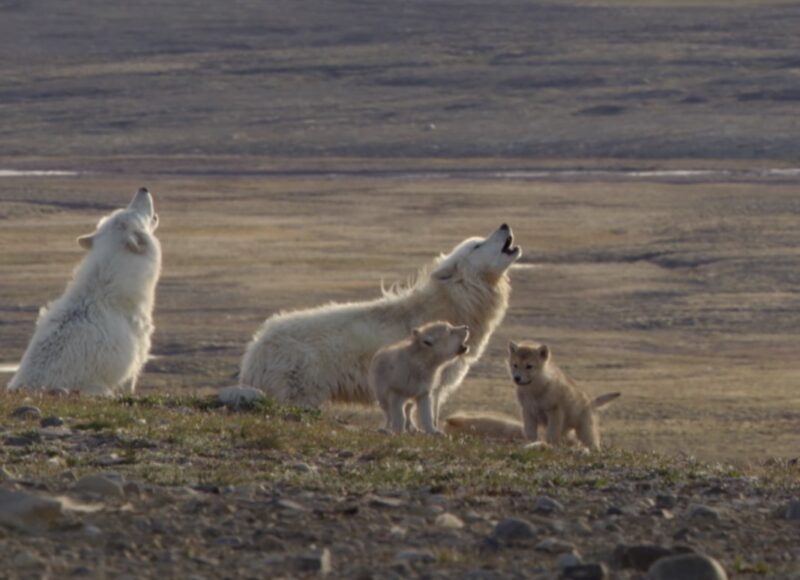
Just as their physical characteristics, behavior, and diet differ, so do the reproductive habits and lifespans of wolves and coyotes.
Wolf Reproduction
In a wolf pack, typically only the alpha pair mates. This ensures population control and maximizes the chances of the offspring’s survival, as resources within a territory are finite.
- Mating Season: They mate once a year, usually in late winter. The gestation period lasts around 63 days, after which the alpha female gives birth to a litter of 4-6 pups.
- Lifespan: On average, they live 6-8 years in the wild, although they can live up to 13 years or more in protected areas or captivity.
Coyote Reproduction
Coyote social structure is also monogamous, usually only the alpha pair in group mates. However, compared to wolves, they have a higher reproduction rate.
- Mating Season: They mate between January and March, and after a gestation period of 60-63 days, the female gives birth to a litter of 3-12 pups.
- Lifespan: They tend to live longer than wolves in the wild, with an average lifespan of about 10-14 years.
Vocalizations and Communication

Communication within a pack or a family group is crucial for both species. They communicate using a variety of vocalizations, body postures, and scents.
Wolves
They are famous for their howls, which they use for a variety of purposes, including signaling their presence to other packs, asserting territorial claims, or coordinating during hunts.
- They have a wide range of vocalizations, including howls, barks, whines, yips, and growls.
- A wolf’s howl is low and long, often lasting between 3 to 7 seconds.
Coyotes
In contrast, coyote vocalizations are more varied and higher-pitched. They communicate using a combination of howls, yips, barks, and growls.
- They are known for their “yipping” sounds and high-pitched howls, which are distinctly different from the low howl of a wolf.
- Their vocalizations are used for similar purposes as wolves, including communication with pack members and marking territory.
Human Interactions and Conservation
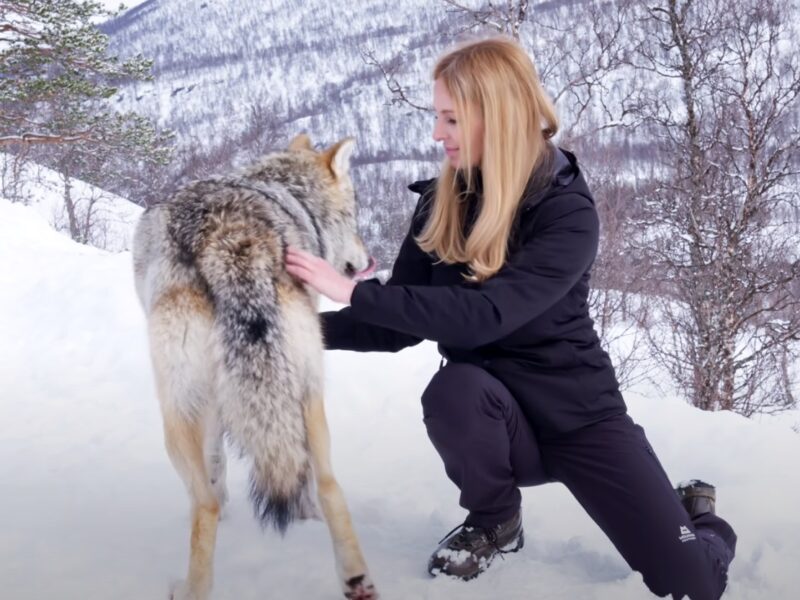
Both wolves and coyotes have had a complex history of interactions with humans, often resulting in conflict. Conservation efforts are crucial to ensure the survival and health of their populations.
Wolves
They were hunted nearly to extinction in the United States by the mid-20th century due to fear and misconceptions. Today, thanks to various conservation efforts, wolf populations are slowly recovering.
- They are protected under the Endangered Species Act in some regions of the U.S.
- Education and public awareness campaigns are crucial to changing perceptions and ensuring the coexistence of wolves and humans.
Coyotes
Coyotes, on the other hand, have shown remarkable resilience and adaptability, expanding their range across North America despite human development and hunting.
- Coyotes are not usually the focus of conservation efforts as their populations are robust. However, they often face persecution and are seen as pests in many areas.
- Education about coyotes’ role in the ecosystem can help mitigate human-coyote conflicts.
Symbolism in Culture and Folklore
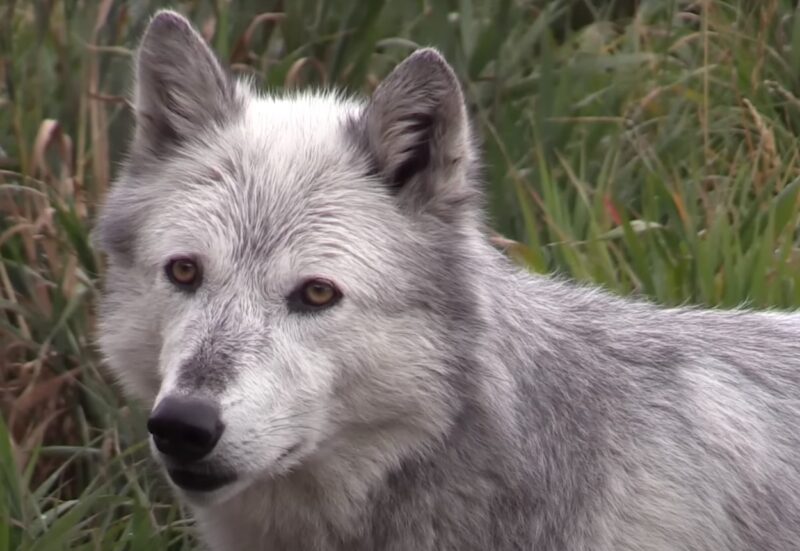
Beyond their biological differences, wolves and coyotes hold different symbolic meanings in various cultures and folklore. This symbolism can reflect the behavior and perceived characteristics of these animals.
Wolves
Throughout history, wolves have been regarded with a mixture of fear and respect, featuring prominently in the myths and legends of many cultures.
- Perception: Wolves are often depicted as symbols of strength, intelligence, and instinct. They are seen as powerful, loyal creatures, sometimes associated with guidance and protection.
- In folklore: In Native American cultures, the wolf is a symbol of courage, wisdom, and loyalty. In Norse mythology, wolves are often associated with the gods Odin and Loki.
Coyotes
Coyotes also feature prominently in mythology, especially in Native American tales, but their symbolism is often quite different from that of wolves.
- Perception: Coyotes are frequently seen as clever and adaptable tricksters. They are associated with playfulness, resourcefulness, and survival skills.
- In folklore: In many Native American cultures, the coyote is a central figure in creation myths, often portrayed as a cunning, transformative creature.
Evolution and Genetic Studies
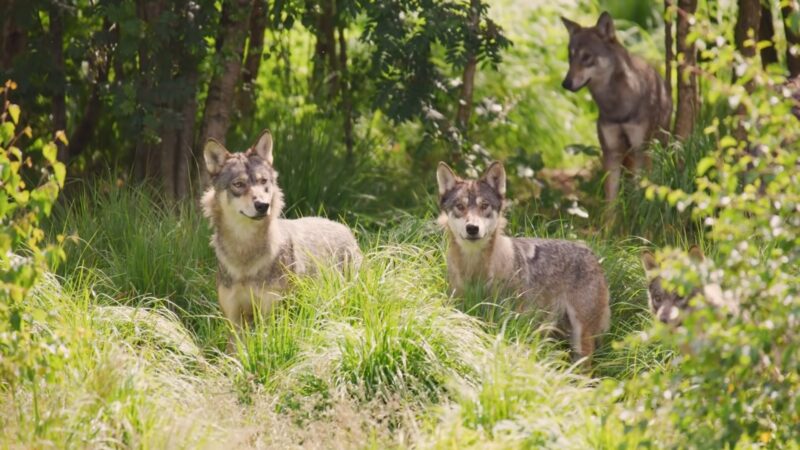
Recent genetic studies have provided fascinating insights into the evolution of coyotes and wolves, revealing complex relationships and interbreeding events.
Wolves
They are one of the oldest known species of the Canidae family. They are thought to have evolved from an ancient creature known as Canis lepophagus around 1 million years ago.
- Interbreeding: Throughout history, wolves have interbred with other species, including domestic dogs and coyotes, leading to complex genetic lineages.
- Subspecies: There are several subspecies of wolves, such as the Gray wolf (Canis lupus) and the Red wolf (Canis rufus), each with its unique characteristics and geographical distribution.
Coyotes
Coyotes, on the other hand, are a relatively new species, having evolved from a common ancestor with the gray wolf less than a million years ago.
- Interbreeding: Like wolves, coyotes have also interbred with other species. In fact, studies have found that eastern coyotes or ‘coywolves’ have a mix of coyote, wolf, and dog genes.
- Adaptation: Coyotes’ relatively recent evolution and their adaptability have enabled them to thrive across North America, even in the face of habitat destruction and human interference.
Final Words
Both coyotes and wolves play essential roles in maintaining ecological balance. While they share certain similarities, their differences define their unique niches in the ecosystem. By understanding these differences, we can better appreciate their respective roles and the need to protect their habitats for the health of our planet.


